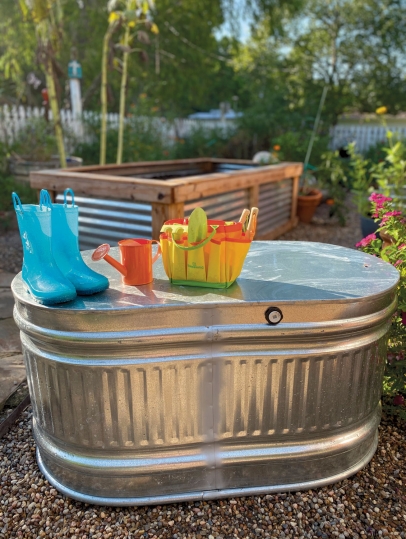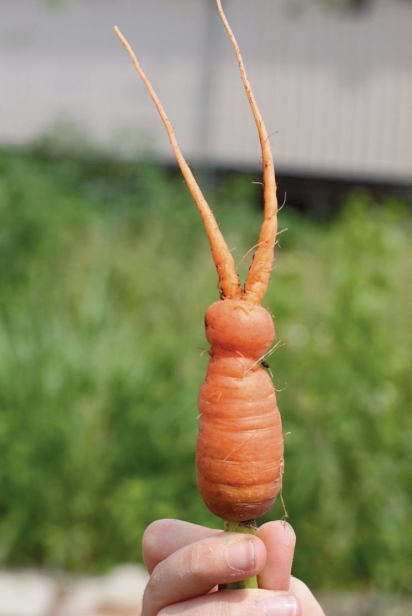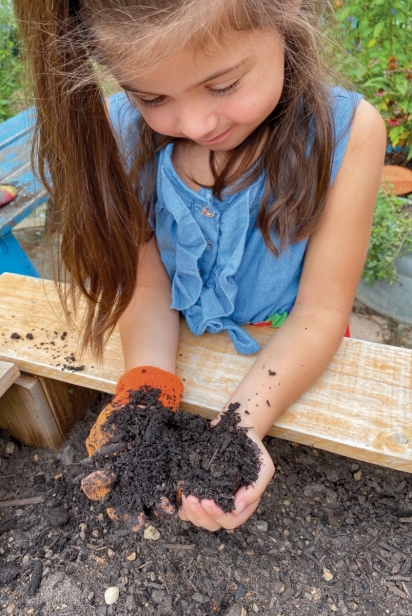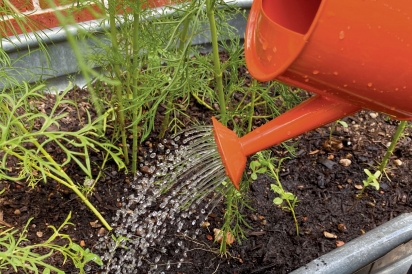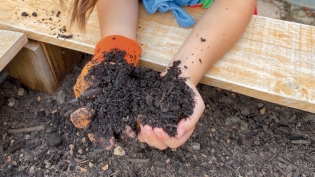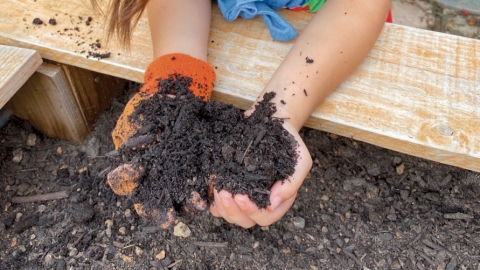Six Easy Steps to your DIY Vegetable Garden
It’s no doubt you’ve heard magical stories about delicious home-grown tomatoes and peppers from friends who garden, but have you heard about Houston’s impressive list of cool-weather crops that grow like crazy in the fall? Leafy greens like lettuce, kale, spinach and Swiss chard, and colorful root crops like carrots, turnips, beets and radishes all grow amazingly well in containers and require very little fuss if you start with a few easy steps.
If you ask most Houston gardeners, they’ll be quick to share that fall is their favorite season for vegetable gardening thanks to cooler weather and fewer pests. In September we get our first break from the extreme summer heat, making time outdoors more enjoyable. Our first frost date for the Houston area is typically mid-December, which gives us a long fall growing season with plenty of time for succession planting, or sowing seeds in several batches a few weeks apart. Doing this with crops like lettuce will ensure that you don’t have all of your garden bounty ready harvest and eat in the same one-week period.
Here are six steps to help you be successful with your fall container gardening.
1. Select the perfect spot for your container garden.
Don’t underestimate the importance of this decision because it’s one that can either set you on the right path or hold you back the entire season. It’s common for new gardeners to be fearful of the direct sun because of our intense heat, but plenty of sunshine is exactly what will help your fall vegetable garden thrive! Choose a spot with all-day sun, or at least six hours daily. If some amount of shade is unavoidable, opt for late afternoon shade over morning. Next, make sure your container is in an area you can easily see and enjoy spending time in, not tucked away hidden from view. When your garden is close to the house, you’re more likely to keep an eye on it and remember to water it daily. Finally, place your container garden close to a water source so that watering is never a chore but instead an enjoyable experience. Hand-watering your container garden is relaxing and a perfect opportunity to watch for any problems.
2. Choose your container.
The most common mistake new gardeners make is in choosing too small a container for the amount of vegetables they plan to grow. Overcrowding is the surest way to stress your plants and prevent good air flow, which can lead to pest problems and stunted roots. Our two favorite container gardens are half whiskey barrels and metal water troughs, which both require drilling a lot of holes in the bottom to allow for good drainage. Giant ceramic or terra cotta pots are also great choices and those come with drainage holes already in them.
3. Select your seeds.
Believe it or not, buying seeds online in 2020 can be a bit tricky thanks to so many new gardeners interested in growing their own food in these days of quarantine. Although purchasing online is convenient, with delivery directly to your mailbox, we still love the idea of visiting your local specialty nursery to hand-pick your seed packets. If you feel overwhelmed by the choices, keep these tried-and-true varieties in mind when shopping and be sure to read the package for seed spacing, thinning instructions and length of time to harvest.
Root crops: Danvers carrots, Purple Top turnips, Cherry Belle radishes, Detroit Dark Red beets
Leafy greens: Bloomsdale spinach, Dinosaur kale, Black Seeded Simpson lettuce, Bright Lights Swiss chard
4. Choose the soil.
Soil selection is the absolute most important step for all gardening and the biggest key to your garden’s success. While you’re at your local nursery for seeds go ahead and pick up a good-quality soil mixed especially for containers and vegetable gardening. The goal for container garden soil is loose and light to prevent compaction, but when growing vegetables you’ll need plenty of nutrients as well. While it is possible to mix your own soil combination using rose soil, compost and sand, there are a number of great bagged soils that will make life easier and grow big beautiful crops with no hassle. If you’re in northwest Houston we love The Arbor Gate’s Organic Soil Complete, and if you’re closer in town check out Buchanan’s Native Plants’ bagged Oceans Forest soil. In Fort Bend, Enchanted Gardens and Enchanted Forest are terrific resouces and have several good options for soil. As you add the soil into your container alternate with organic fertilizer, layering as you go, and be careful not to pat down or press out the air.
5. Get gardening tools.
Container gardening requires very few tools, which is great news for beginner gardeners. A hand trowel, a good pair of pruners, a lightweight hose and hand nozzle for watering on a shower setting are all you’ll need. If you’re lucky enough to have children joining you in the garden it’s always fun if they have their own supplies. There’s nothing like fun garden boots, a pair of gloves, kid-sized shovel and cute sun hat to make the whole experience feel special.
6. Plant the seeds.
Now that you are all set up with everything you need, it’s time to plant those seeds! Read the seed packets and follow the instructions for planting depth and spacing. It’s important to keep your seeds well-watered the first 10 days to help with good germination; once the seeds have sprouted, keep the soil evenly moist—never overwatering or allowing it to get bone dry. Next, be sure to thin your sprouts, especially root crops, to the appropriate growing space. Depending on the vegetable, you’ll find a big difference in growing times for each cool-weather crop: Radishes grow the fastest at only 30 days; carrots take a full 120 days from seed to plate. Be sure to record your planting dates to keep track of the length of time your plants are growing and watch for maturity when you get close to the estimated time noted on the seed packet. Weather can play a big role in speed, with more rainfall always leading to faster growth.


